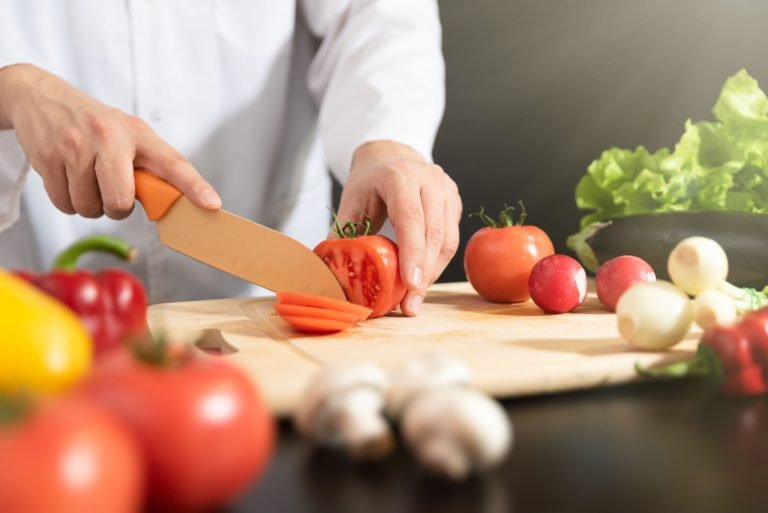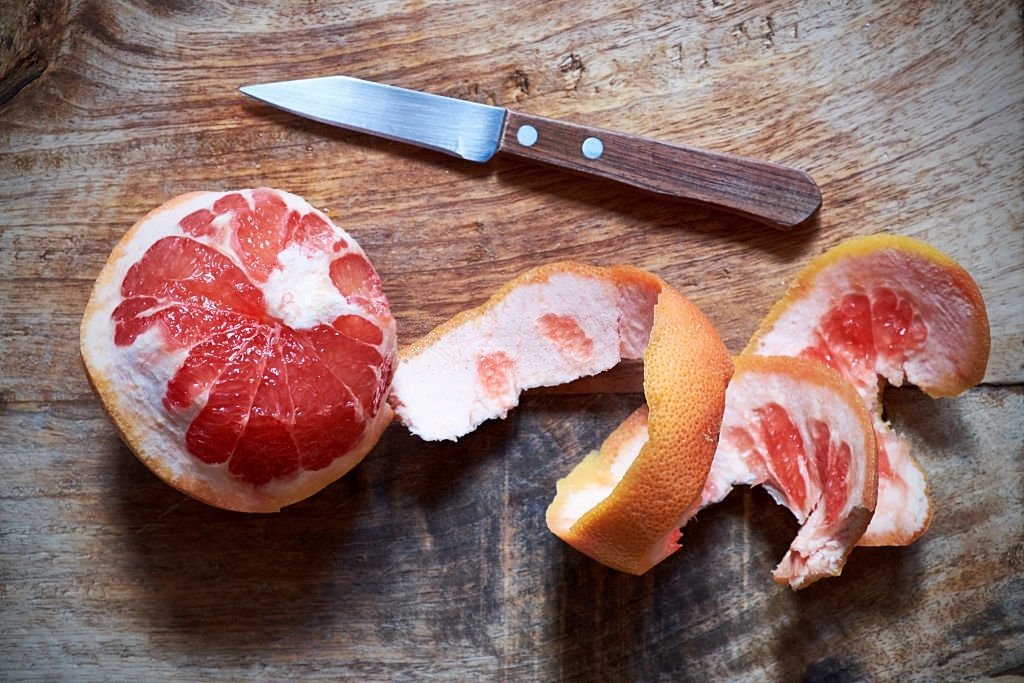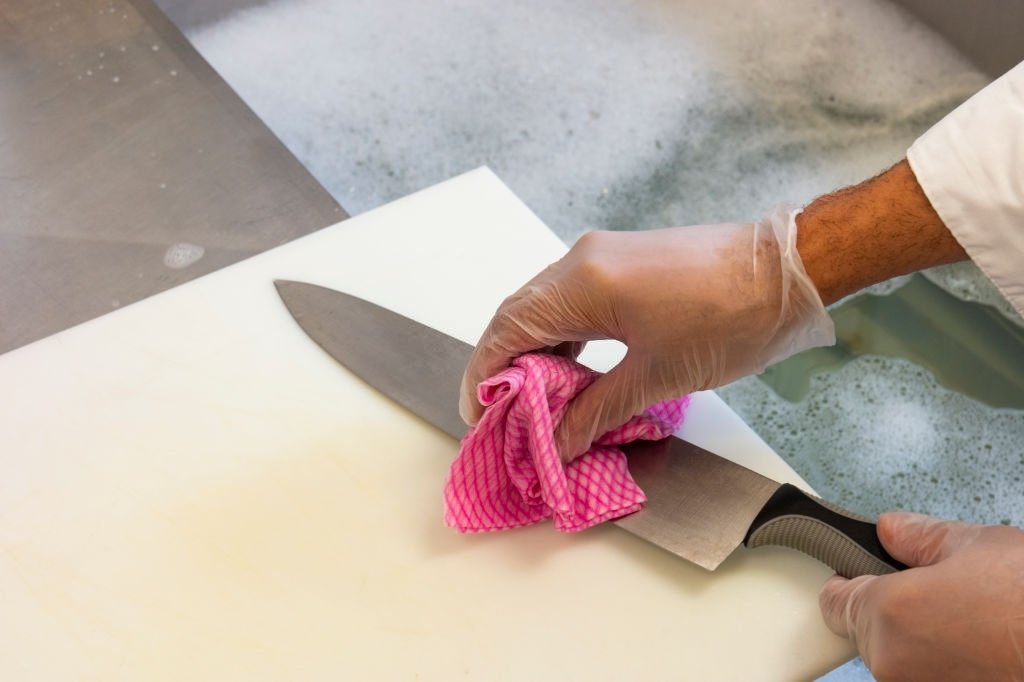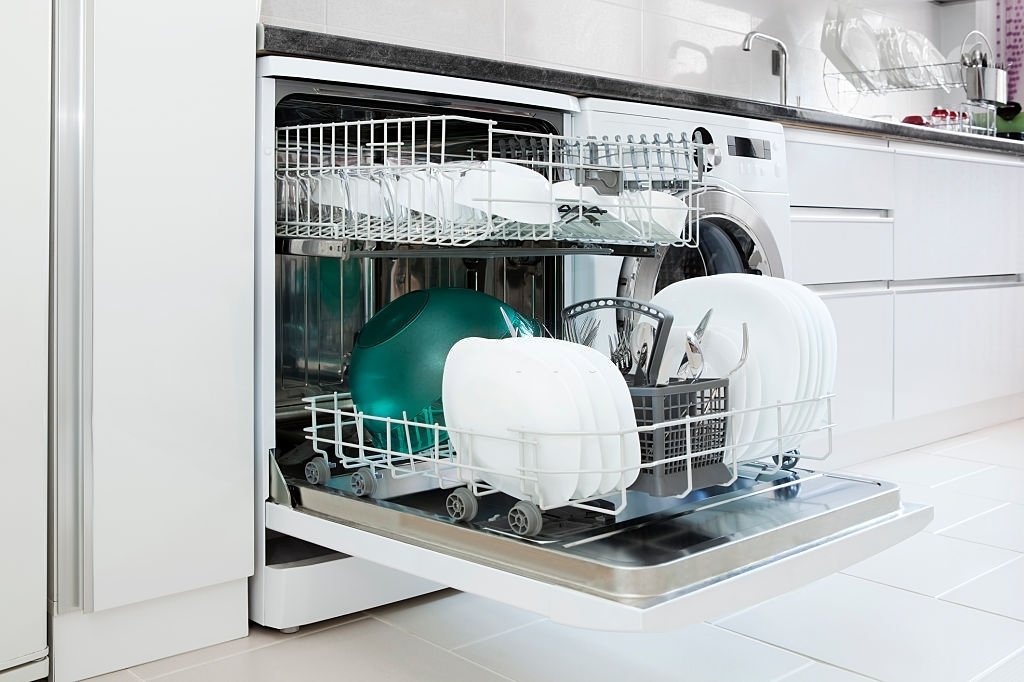
Sharp kitchen knives are one of the most critical and essential instruments that any home chef should have.
If you’ve ever watched a chef prepare a meal, you’ve definitely noticed how many different knives they have on hand.
Every knife, from tiny paring knives to massive cleavers, appears to have its own function, but how many of these knives are truly necessary for a household kitchen?
This straightforward guide distills the options down to only five types of knives to keep in your kitchen, as well as how to care for them.
Table of Contents
Top 5 Different Types of Kitchen Knives

1: The Chef’s Knife
The chef’s knife is the way to go if you just have one knife in your kitchen.
A chef’s knife is often referred to as the most significant instrument in the kitchen because of its numerous applications.
While it isn’t ideal for every operation, it is a capable multitasked that can easily handle chopping, slicing, dicing, and mincing.
Look for a chef’s knife with an eight to ten-inch-long blade that curves upward to a sharp tip.
This curve is known as the “belly,” and it allows for a simple rocking motion that makes slicing and dicing considerably easier.
2: The Santoku Knife

The Santoku knife is a Japanese multi-purpose knife that may be used for chopping vegetables, slicing fish, and a variety of other activities in the kitchen.
It’s not as long as a chef’s knife at five to seven inches and lacks the heaviness that makes chef’s knives ideal for large operations, but it has other advantages that make it a kitchen must-have.
When compared to a chef’s knife, the Santoku knife is smaller and lighter, making it an excellent alternative for cooks with small hands.
It also has a Granton or “scalloped” edge, which allows small air pockets to form between the blade and your components, preventing them from sticking to the blade between slices.
There are some changes in the chopping approach between this Japanese-style chef knife and the typical Western-style chef knife, so it’s necessary to acquire a good hold on how to use each tool to get the most out of what they have to offer.
3: The Paring Knife

A paring knife is essentially a smaller version of a chef’s knife, and it should be used for similar jobs on a smaller scale, particularly those that require more precision.
Apply caution when cutting hard vegetables with this knife, since its small weight may cause you to use excessive force.
While a paring knife has various functions, it is mainly solely used for little fruits and vegetables, as well as detailed labor.
It’s not ideal for chopping or mincing larger foods because of its narrow, short blade (typically two to four inches long), but it’s ideal for smaller foods like garlic and shallots.
It also works well for peeling fruits and vegetables, citrus segmenting, strawberry hulling, shrimp deveining, and scoring pieces of bread, pies, and meats.
4: The Boning Knife

This knife is used to take flesh from the bone and is long, thin, and robust.
Its thinness lets you work with the bone’s curves and bends, effectively separating the meat while leaving as little as possible behind.
Do not attempt to cut through bones with a boning knife.
A boning knife comes in two varieties, each with its own function. Both of these knives are likely to be found in a chef’s knife collection.
A boning knife is usually five or six inches long, with a narrow blade that comes to a razor-sharp point.
It will either have a flexible or rigid blade. Skin and bones from poultry and fish can be easily removed with a flexible blade.
When working with heavy chunks of meat like beef and pig, the hard blade allows you to utilize more force.
5: Honing Steel

Even though honing steel isn’t a knife, it’s nevertheless an important part of your knife collection.
The purpose of honing steel is to maintain your blades as sharp as possible for as long as feasible.
After a chef’s knife, honing steel is probably the second most critical piece of equipment in the kitchen.
Running your knife on steel realigns the blade’s teeth (or fibers), This results in a sharper edge and, as a result, a cleaner cut.
Knives should be honed after each use, but because honing does not sharpen the blade, home chefs should have their knives sharpened professionally once a year.
Any straight-sided blade, such as a chef’s knife or paring knife, can be used with honing steel, however serrated knives should not be used since the teeth will not glide along with the steel.
Tips for Taking Care of Your Cooking Knives
1. Keep Them Clean and Dry

While this may appear to be an easy task, the fact is that a small amount of residual water or soap left on your knives can have a long-term harmful impact.
Hand-wash your knives with warm, soapy water after each use, using your hands or a soft sponge if necessary.
When washing your knives, avoid using abrasive or colored sponges since they can scratch the metal and damage or discolor the blade.
2. Keep Them Out of the Dishwasher

For delicate instruments like kitchen knives, a dishwasher is a harsh environment.
They can knock against other utensils, scratching and chipping them, and the chemicals in detergent can discolor the metal of the blade, while the water that sits on it while drying will easily rust it.
3. Keep Them Out of the Sink

Never leave your kitchen knives in the sink for your own or your knives’ safety.
It’s possible to forget about your knives in a sink full of water when cleaning dishes and end up grabbing the sharp blade.
Even worse, curious small hands may reach into the sink unwittingly and come face to face with a deadly knife.
4. Keep Them Out of the Drawer

It’s also crucial to store your blades properly. Use your knife block if you have one, and make sure your knives are completely dry before storing them.
If you don’t have a knife block, you should get one or find alternative ways to carefully store your blades so you don’t feel compelled to place them in a drawer with other utensils.
5. Keep Them on the Right Cutting Boards

All kitchen prep requires the use of cutting boards and choosing the appropriate one is critical for keeping your knives sharp.
Cutting boards made of wood, bamboo, or plastic are ideal.
Never use a cutting surface made of granite, marble, glass, or steel for meal preparation.
These materials are incredibly hard and will quickly dull your blades by rolling the edge of your blade.
Wood and plastic are softer materials that give to your knife’s edge and protect your blade’s sharpness.